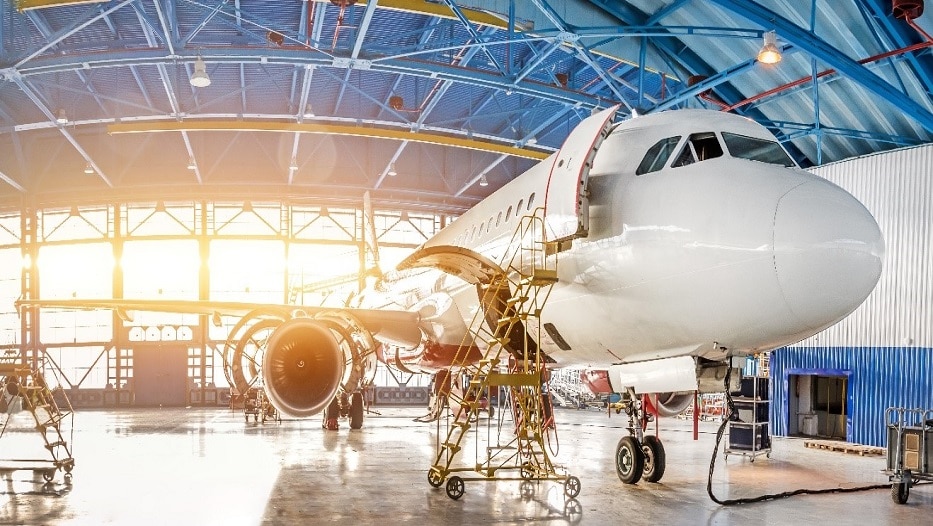Like all industry sectors which are directly dependent on mobility, aviation has been significantly impacted by the health crisis. According to IATA [International Air Transport Association] data, passenger traffic has declined by as much as 66%, and it will take until at least 2024 for the figures to recover to pre-pandemic levels. In this evolving future, some of the trends that are notable now within the corporate culture of the world’s main aviation companies may be defining.
The aviation industry was seriously affected by the health crisis triggered by the COVID-19 pandemic, which has impacted many aspects of it, such as a decreases in flight volumes, maintenance of grounded aircraft and the new risks arising from this situation. Many of the most significant trends arise from the experiences of the last few months, and others have a longer history. These are some of the premises to serve as guidelines for the future of aviation.
- A Sustainable Future. Industry professionals have a firm commitment: despite the ups and downs of the industry, the objectives established in the context of the Paris Agreement on climate change remain absolutely in force. Air transport was, in fact, the first to reach a global agreement for the reduction of emissions, whereby through ICAO [International Civil Aviation Organization] the ‘Carbon Offsetting and Reduction Scheme for International Aviation’ (CORSIA) was signed in order to address the industry’s challenges in reducing and eliminating its CO2 emissions through ongoing innovations in design, propulsion, operating procedures and fuels to initiate carbon-neutral growth. Using only sustainable aviation fuels would allow the industry to achieve a considerable reduction in its emissions, greater than 50%.
- Regain User Confidence. Another industry priority is establishing a safe user experience, in order to regain travelers’ confidence and thus meet the most optimistic expectations for international air transport. In addition to fully informing travelers and industry workforces so that they understand the necessary protocols for safeguarding their health and the health of the other passengers, technology will be an inevitable ally in the creation of a safe user experience. The integration of rapid diagnostic testing centers is increasingly common in international airports, health passports are already a common global and standardized requirement, and innovative cleaning techniques have been implemented, based on highly effective solutions such as ultraviolet (UV) light disinfection and ozone sterilization. Another of the formulas that is being established with great success, and which can be applied in countless current and future contexts for the safety of users, is the capacity controls using techniques such as detecting flows of people, equipping areas with sensors and video surveillance.
- Digitalization of Procedures. Far from being a novelty, the virtualization of procedures began many years ago, and in keeping with restrictions imposed in recent years, considerable progress has been made towards digitizing and automating the industry. ICTs [Information and Communications Technologies] support this trend by helping to simplify operations and to provide more comprehensive service to users, from the moment they book the trip until they arrive at their destination. Online procedures, the virtualization of procedures and waiting times, and the automation of bureaucratic processes have made it possible to accelerate the flow of passengers during times of increased airport congestion and have significantly improved operational efficiency, both on the ground and in flight.
- Airport Modernization. As key points of mobility, airports are undergoing rapid evolution to adapt to passenger needs and the industry’s technological evolution. In this new scenario, biometrics will be a primary set of technologies: facial and retina recognition rather than identification documents and molecular body scanners instead of intense security checkpoints will put an end to tedious boarding delays, and the continuous monitoring of luggage using digital tags will eliminate traditional luggage checking. In addition, signage will be more modern and intuitive, with designs that facilitate the limiting of walking distances, combined with autonomous vehicles that facilitate mobility within terminals.
- Onboard Experience. Airlines invest both in implementation and in R&D in order to improve the passenger experience during flight, from the structures that attenuate the noise generated during the journey to aircraft entertainment systems. The trend to provide on-board Wi-Fi, which allows connection throughout the trip, 4K technology for in-seat screens and Artificial Intelligence, which recognizes the passenger and offers completely personalized customer service, are just some of the services implemented successfully in the last few years.





